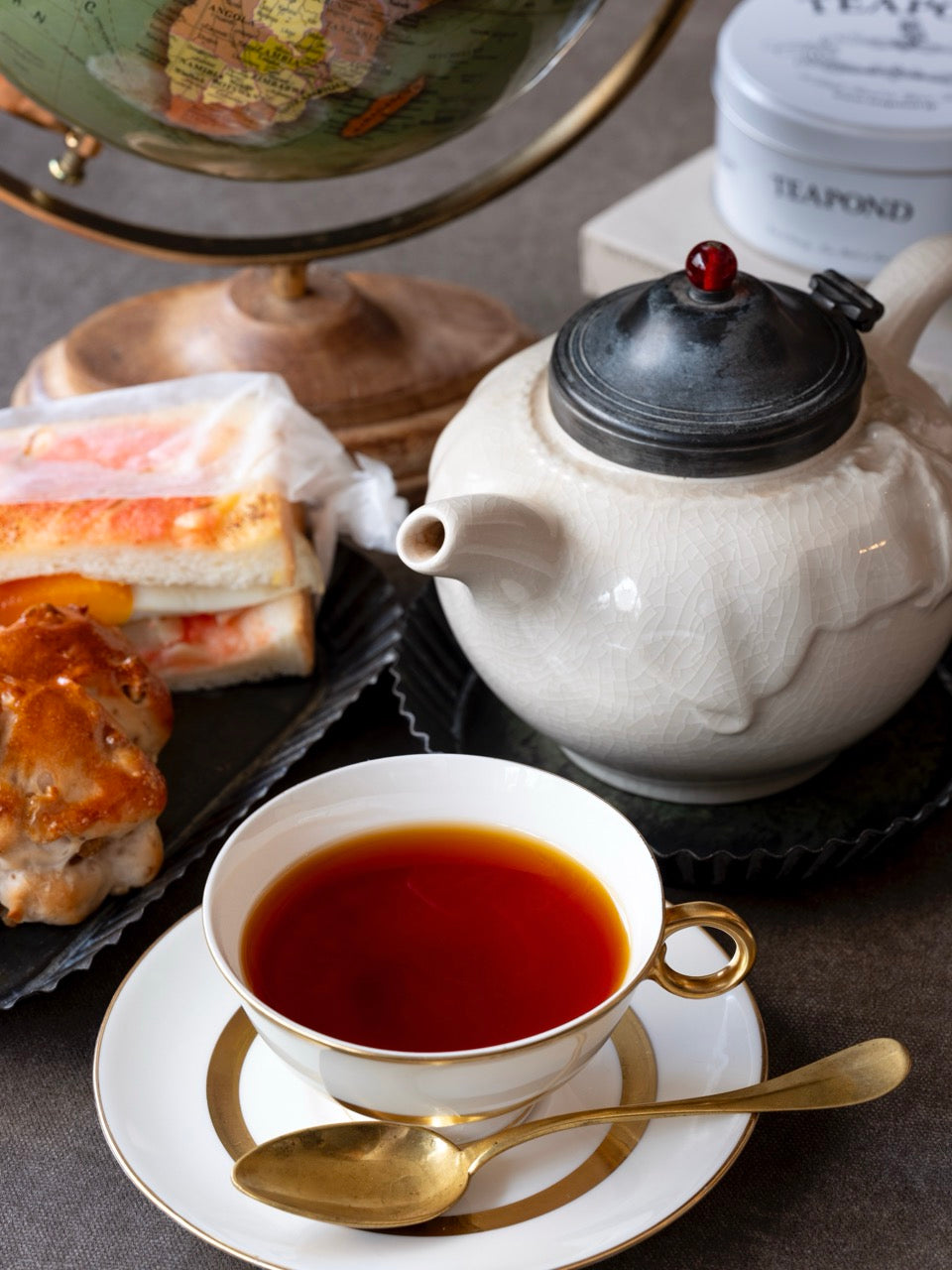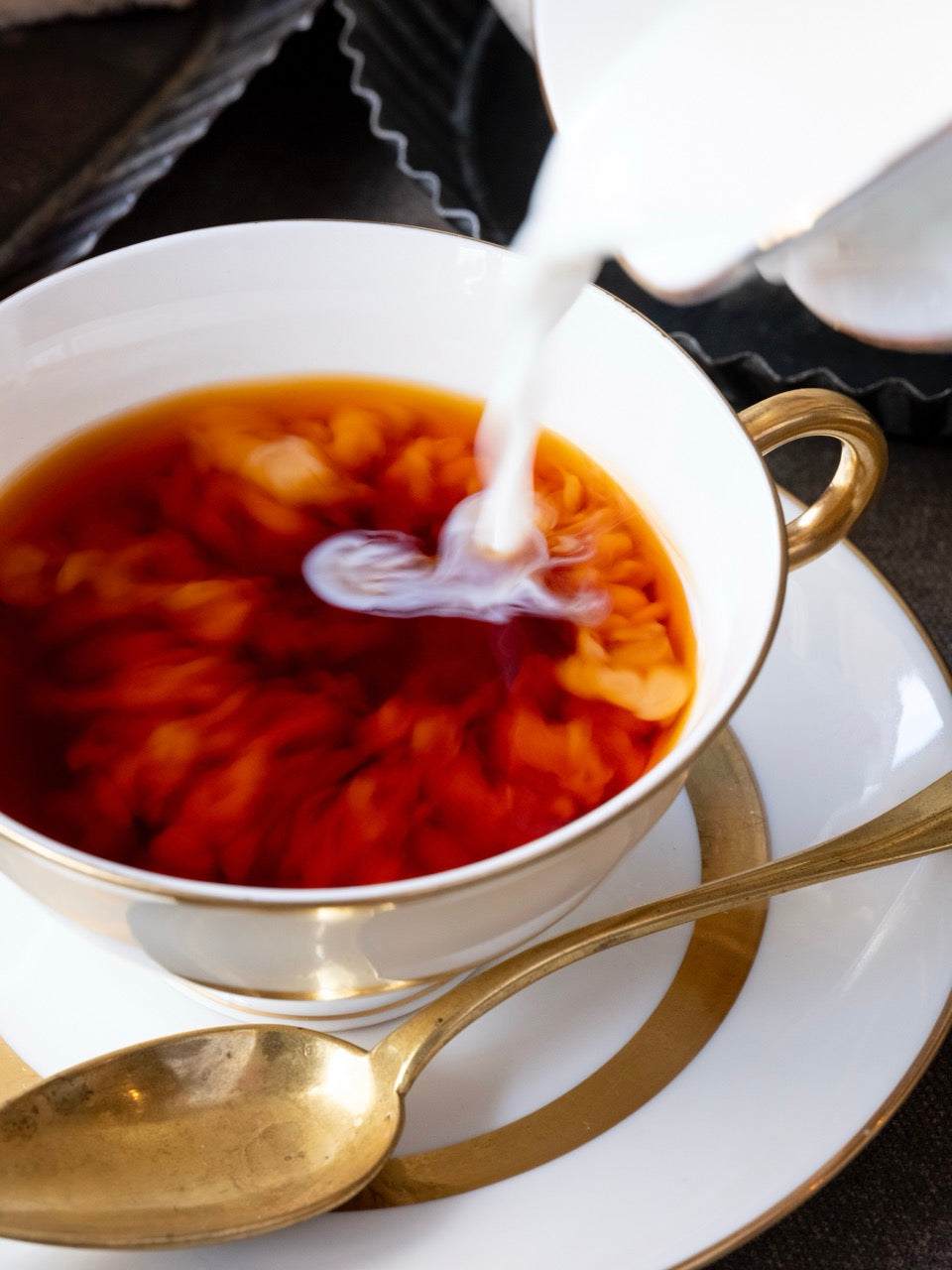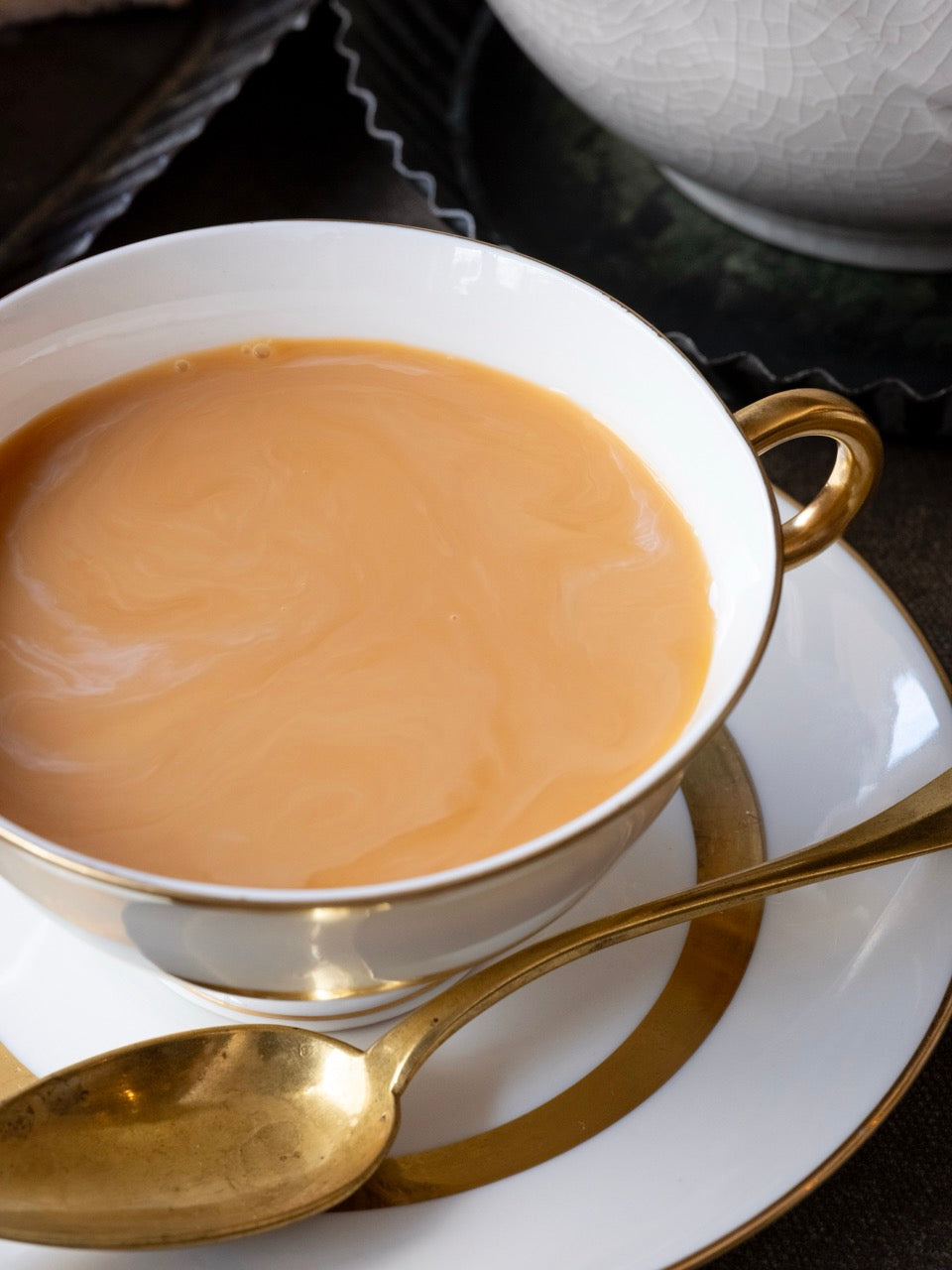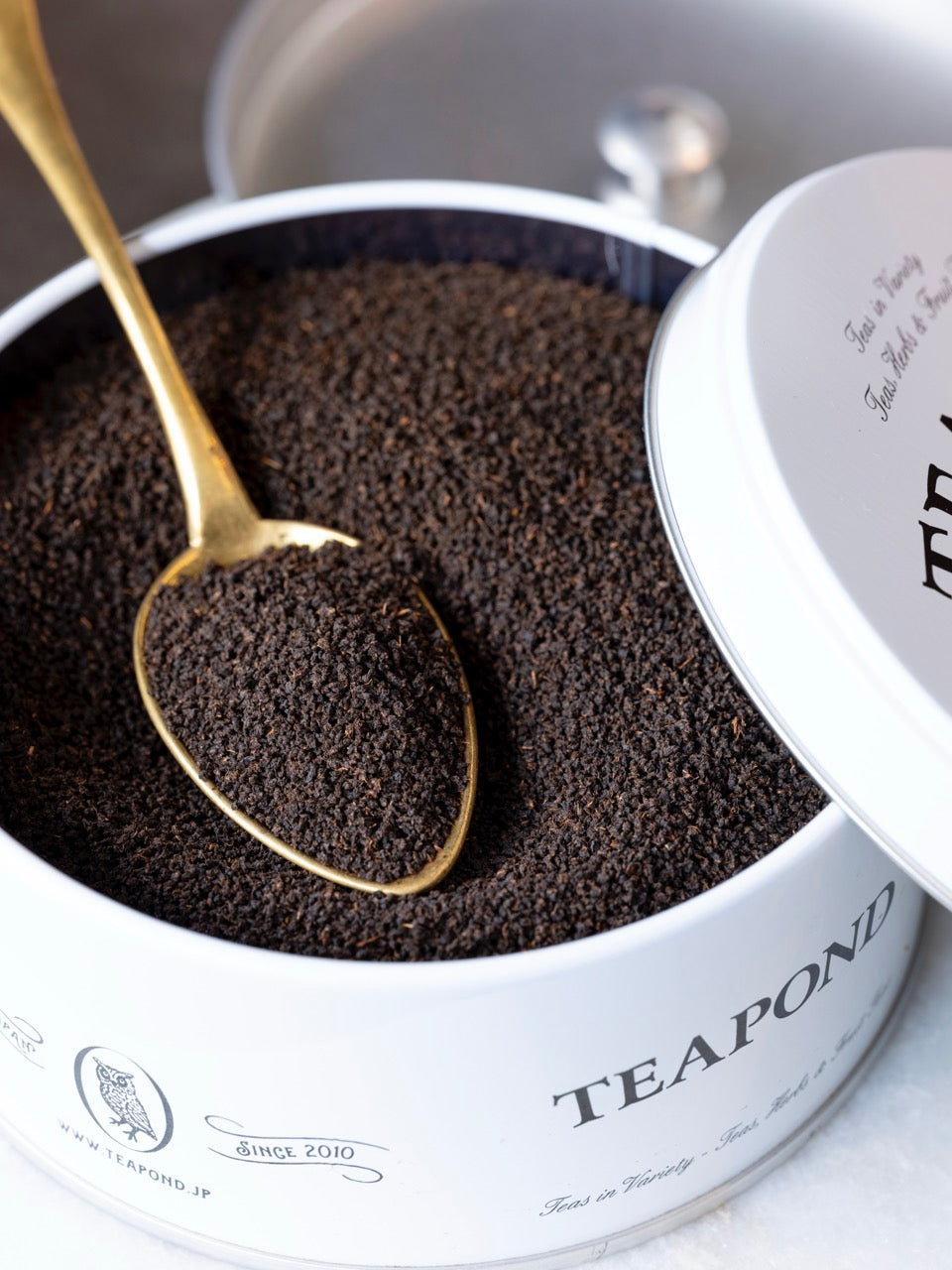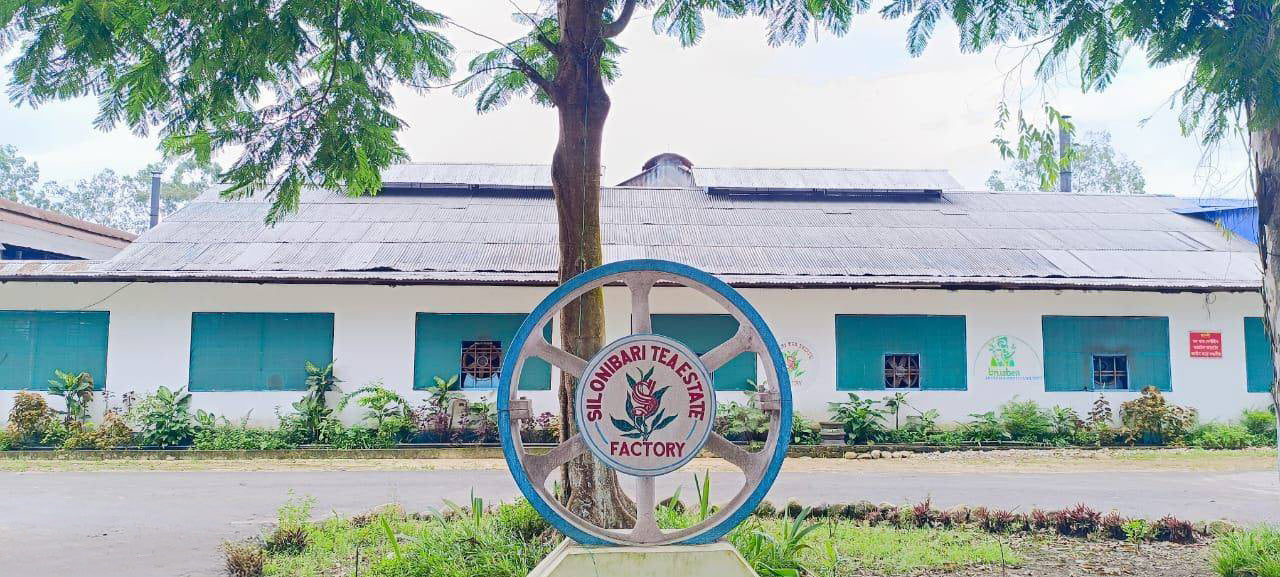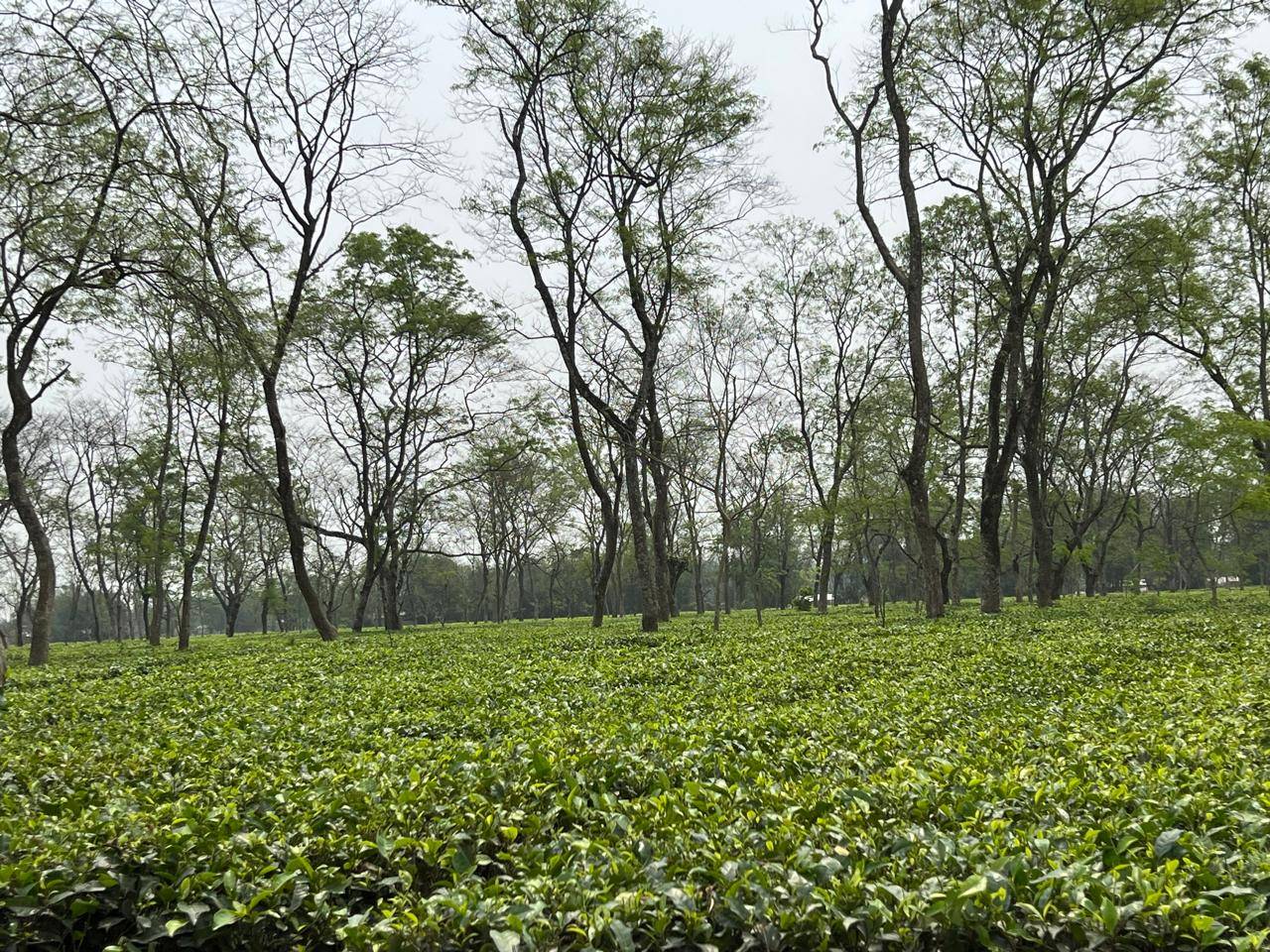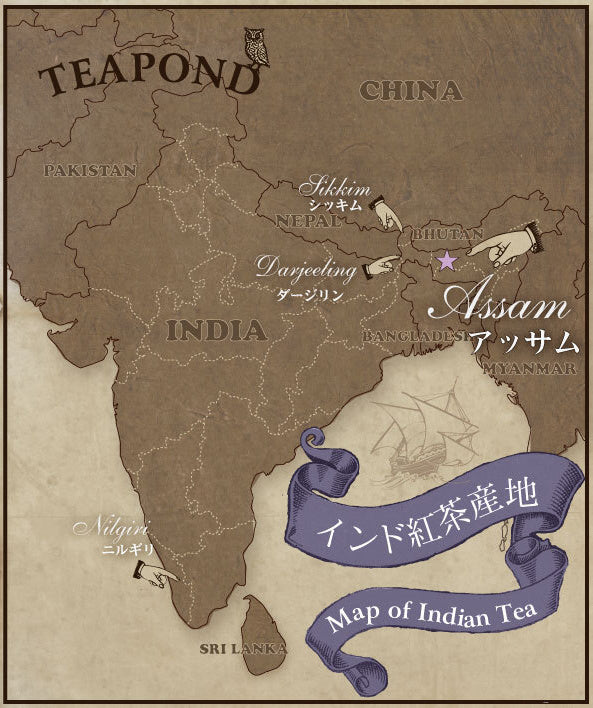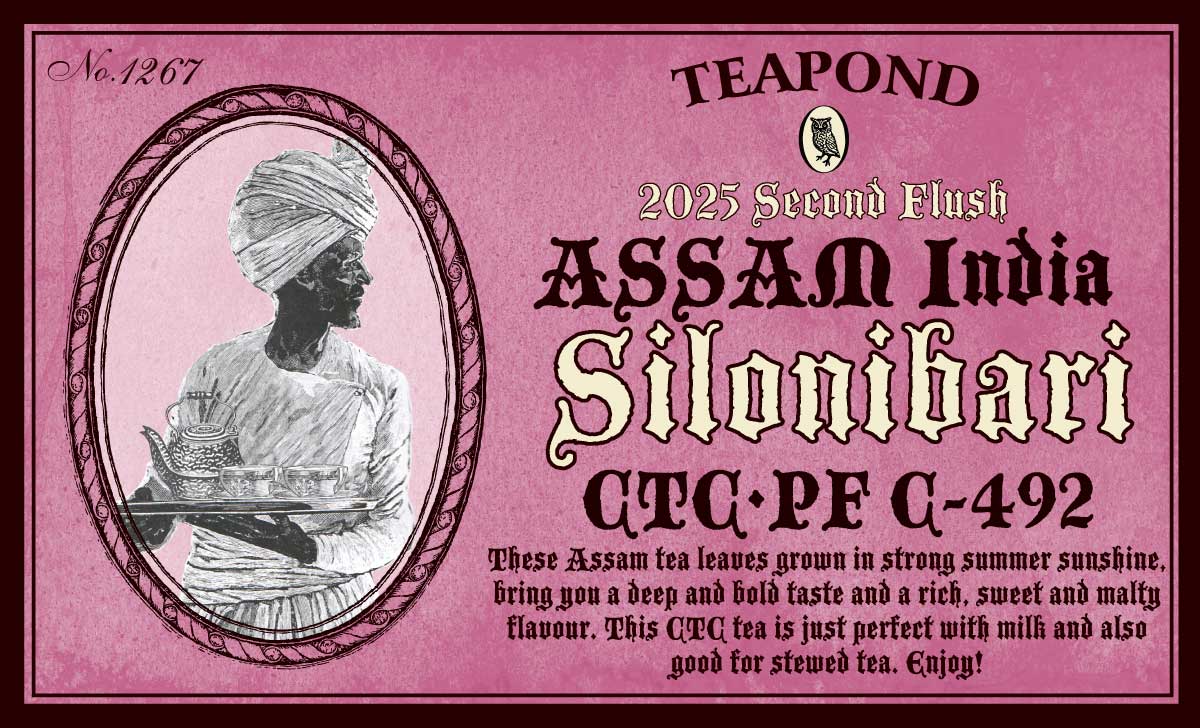
Second flush Assam tea with a rich flavor that is perfect for milk tea with plenty of milk
Coming from India's largest tea-producing area, Assam, these tea leaves grown in strong summer sunshine, bring you a deep and bold taste and a rich, sweet and malty flavour.
This CTC tea is just perfect with milk and also good for stewed tea made in a saucepan. Enjoy the great taste and flavour of the summer Assam tea!
This CTC tea is just perfect with milk and also good for stewed tea made in a saucepan. Enjoy the great taste and flavour of the summer Assam tea!

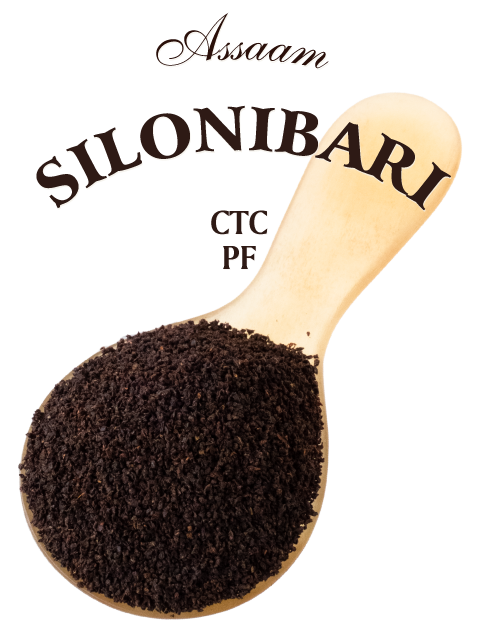
NO.1267
Assam 2025 Second Flush Silonibari Tea Estate C-492 CTC PF
産地:
india assam
摘取り年月:
June 1, 2025
ロット:
C-492
等級:
CTC PF
茶樹:
Clonal species (TV1, S3A3, TS491)
原材料名:
black tea
原産国名:
India
保存方法:
Store away from high temperature and humidity and direct sunlight. After opening, put in an airtight container and consume as soon as possible.
栄養成分表示:
(per 2.5g of tea leaves) energy 8kcal, protein 0.5g, fat 0.1g, carbohydrate 1.3g, salt equivalent 0g
発売日:
2025年08月11日
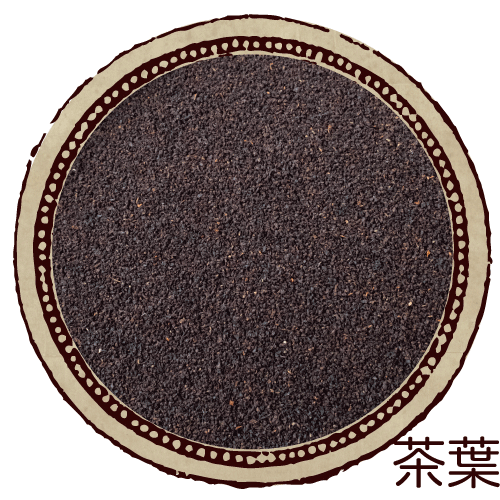
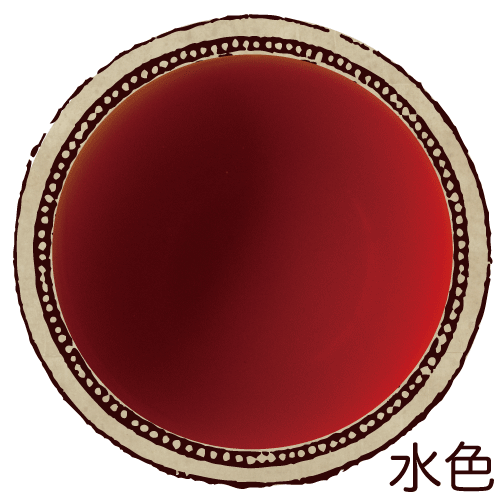
香りと味わい
味:
deep and powerful taste
香り:
Rich sweet aroma reminiscent of malt
水色:
cocoa brown
おすすめの飲み方


お湯の温度95°C

茶葉の量
2.5g
(1 medium teaspoon/
1 tea bag)
1 tea bag)

抽出の時間3 minutes
coming soon
Silonibari Tea Estate
It has a long history, with its predecessor, Borbam Bagicha Tea Estate, established in 1836. After going through several management companies, it was renamed Silonibari Tea Estate in 1917 under the management of the British.
The name of the tea estate comes from the fact that the area is a wetland and was home to a den of kite birds, locally called "Chillon" ("Cheel" in Hindi).
The British manager renamed the tea estate "Chillonibari" to Silonibari Tea Estate and registered it as the Silonibari Tea Company in 1917.
Currently, the company mainly produces black tea using the CTC method, and the tea is shipped outside of India.
Assam, synonymous with Indian tea
In 1823, an Englishman discovered tea plants growing in this area, marking the beginning of Assam's pioneering history. Today, it is the largest production area in India.
80% of production is CTC type, and the remaining 20% is leaf type by orthodox manufacturing method.

